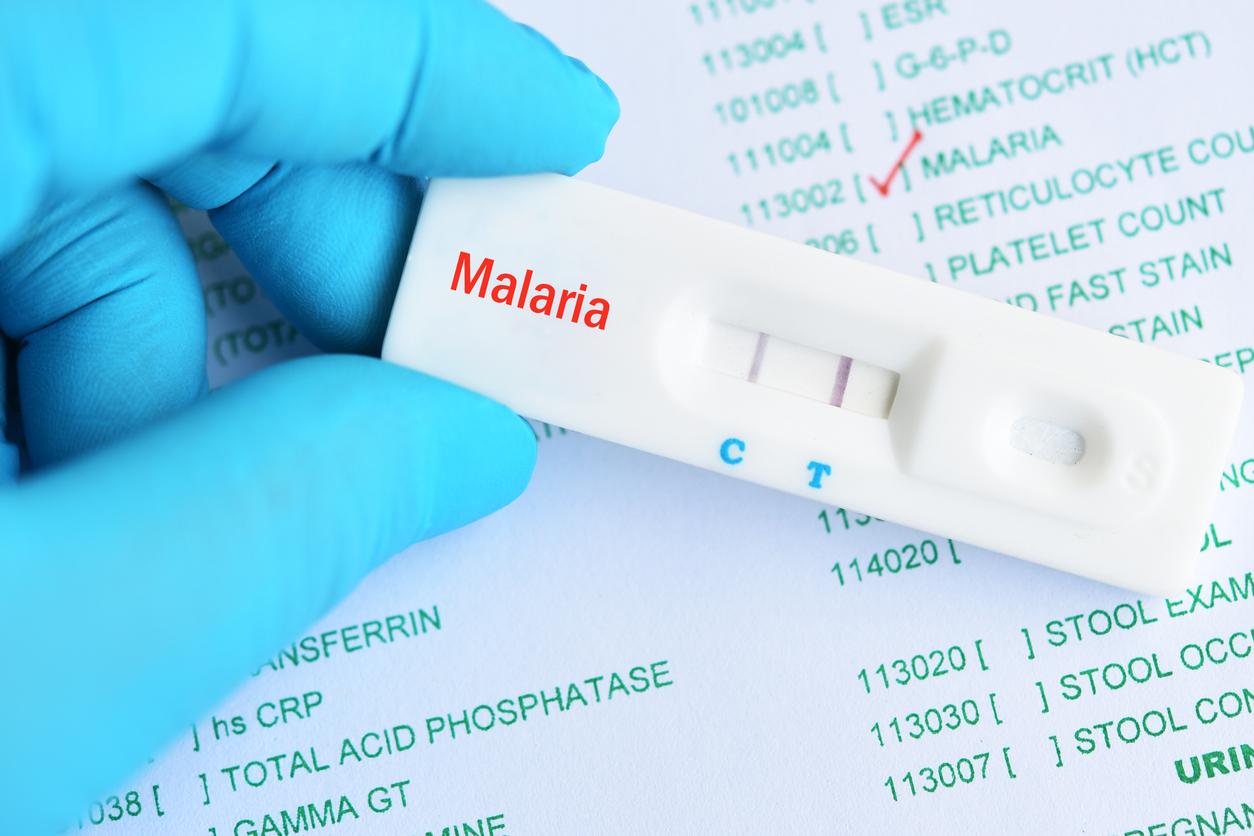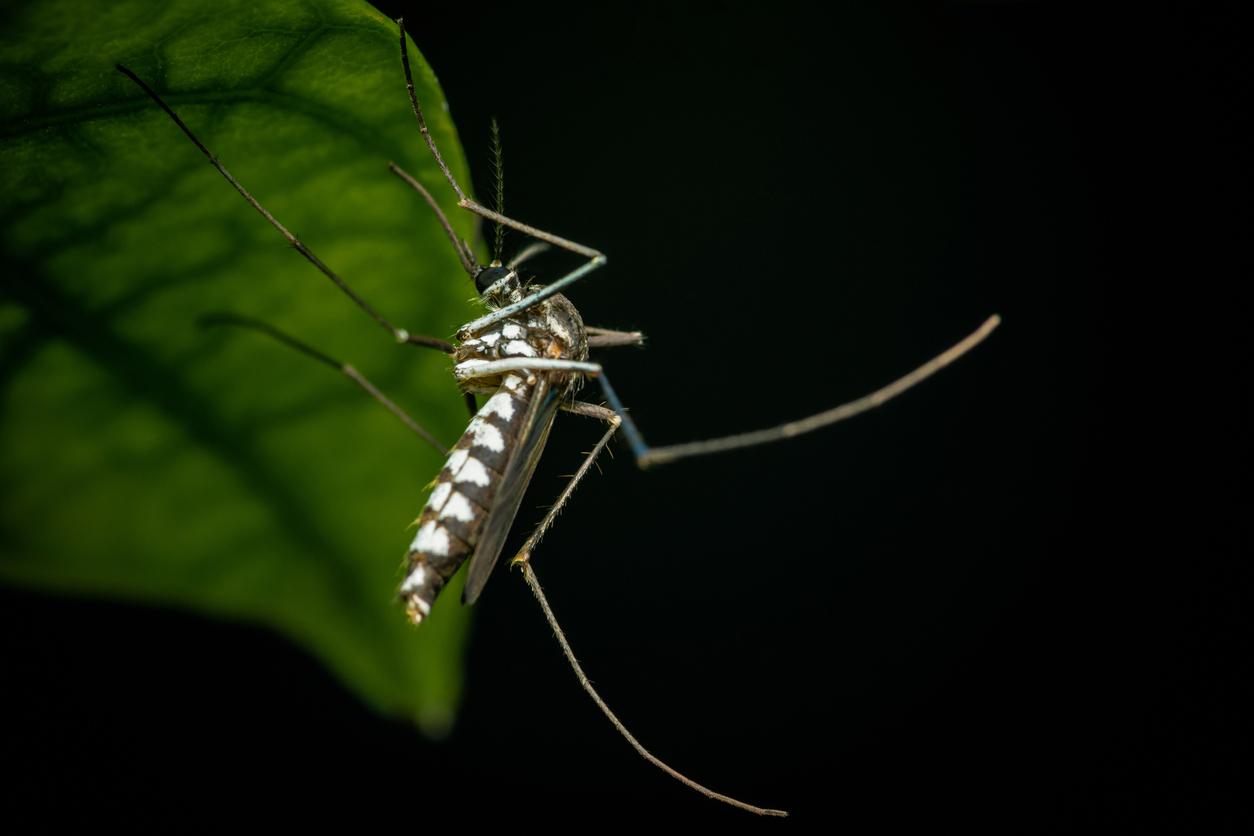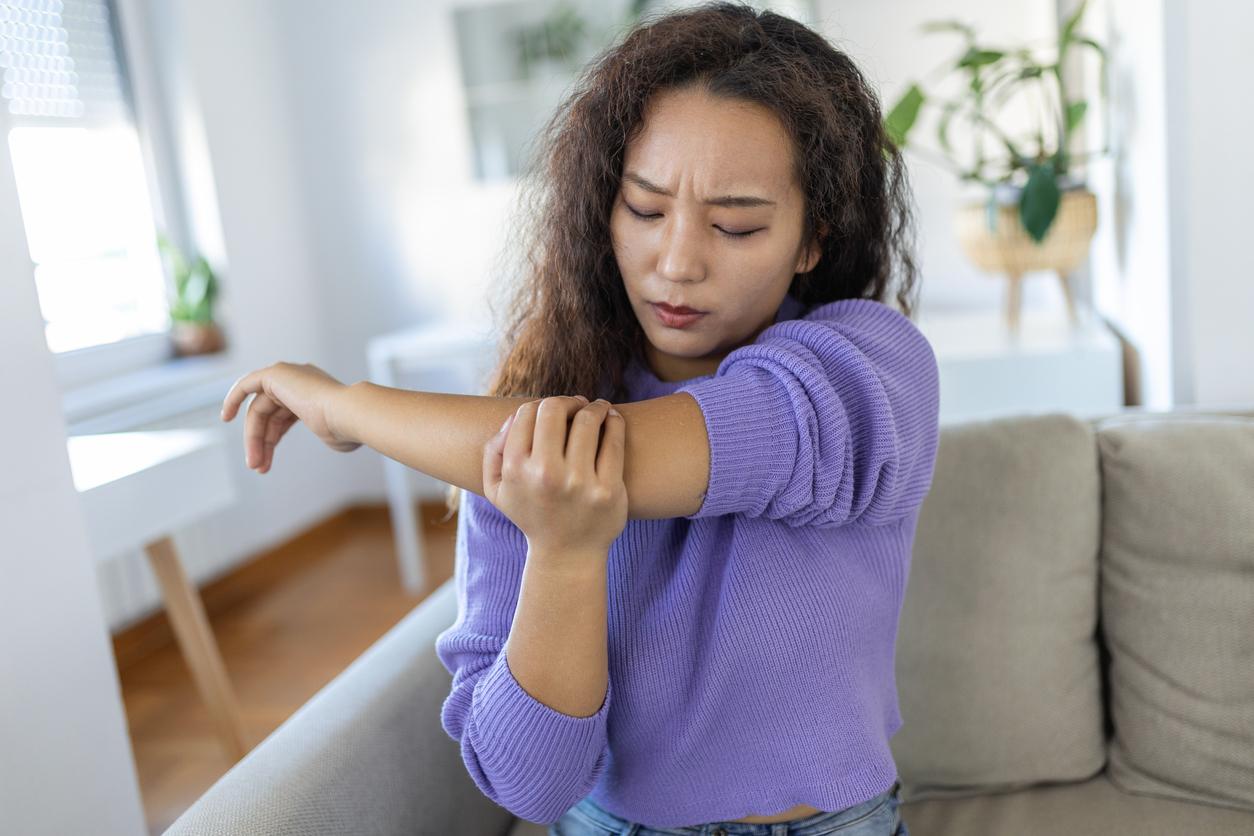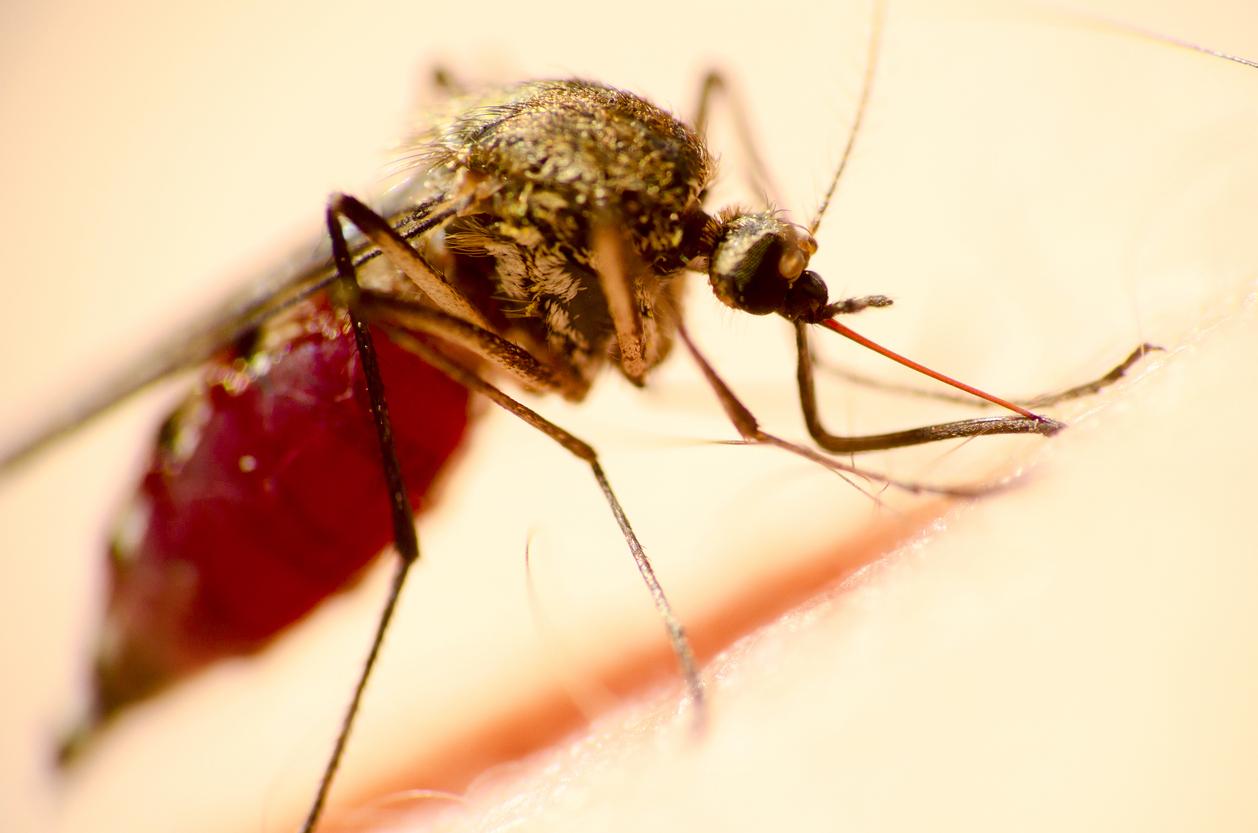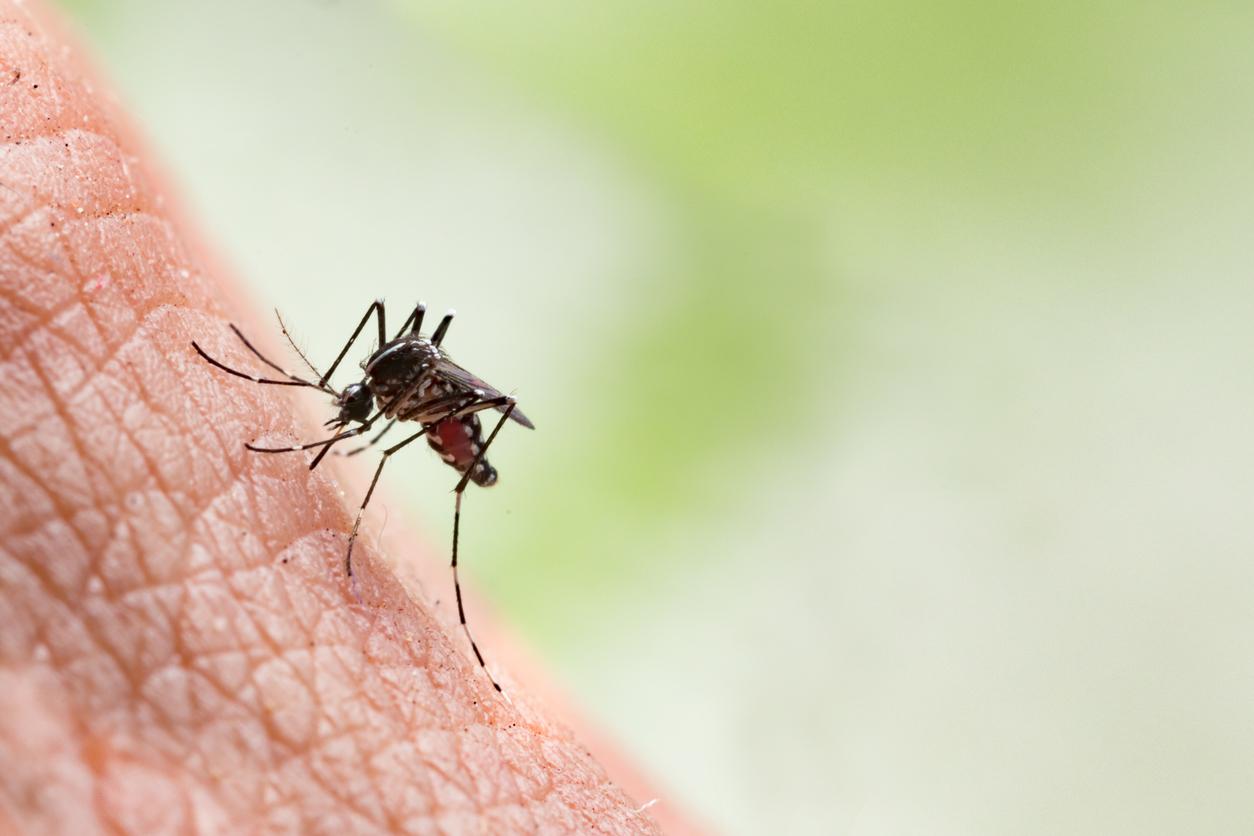To reduce the number of deaths due to infections spread by mosquito bites, the UN wants to try to reduce these insects in the world by sterilizing the males.
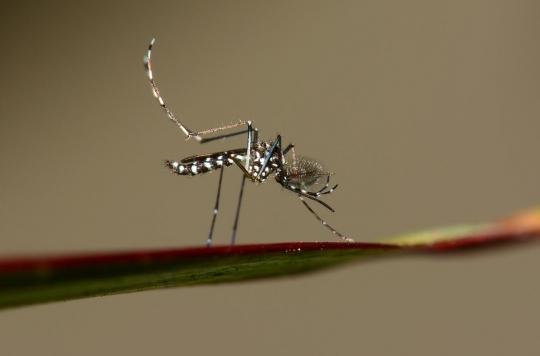
Every year, mosquitoes are responsible for hundreds of thousands of deaths. For example, in 2107, malaria led to 435,000 deaths, while dengue kills around 20,000 people a year, including a very high proportion of children. But these insects are also responsible for Zika infection, yellow fever or chikungunya, viruses that are also potentially deadly. To curb this scourge, the UN announced Thursday, November 14 that it would examine whether it was possible to reduce the number of mosquitoes in the world by tracking down and sterilizing males.
Farmers have been using the Sterile Insect Technique (SIT) for pest control for over fifty years. It is a question of disseminating insects reared in laboratories and made sterile by irradiation. Thus, sterilized male mosquitoes will be able to mate but not reproduce.
Thanks to tests, the researchers have already been able to see that this technique reduces the mosquito population, but it is still unclear whether this will have a real impact on the transmission of diseases.
Tests that should last several years
The UN Special Program on Research and Training in Tropical Diseases (TDR) has therefore partnered with WHO, the International Atomic Energy Agency and the Food Organization of the United Nations. and the Food and Agriculture Organization of the United Nations to develop a pilot program for countries interested in this technique. The selected states will be known at the beginning of 2020 and the tests should take place for several years.
Applying this technique to try to limit disease transmission “could be really meaningful,” said Florence Fouque, who works in the program, at a press conference in Geneva, Switzerland.
The WHO is particularly hopeful with regard to dengue fever. Because its global incidence is increasing from year to year. Now, about three million cases are reported every year in more than a hundred countries. And this figure represents only 20% of real cases, worries Raman Velayudhan, coordinator of the Department of Neglected Tropical Diseases at WHO. The Organization therefore hopes that this new sterilization technique will reduce the number of dengue cases “by at least 25% between 2025 and 2030”.
Dengue vaccine ineffective
Dengue fever is all the more worrying because the only vaccine that has ever been developed against the disease is ineffective. Recently, a study published in the journal PLOS Pathogens showed that serotype 2 of the virus had different morphologies allowing it to escape the human immune system. Indeed, DENV2 presents particles with a spherical and smooth surface which develop at the physiological temperature of the mosquito, i.e. 29°C. Once at the human physiological temperature of 37°, the particles adopt an irregular surface.
And if it is possible to be vaccinated against yellow fever or Japanese encephalitis, nothing exists concerning malaria, Zika or Chikunguya. For people leaving for a short trip, it is however possible to protect themselves from malaria with drugs such as Malarone. However, these are expensive and not free of side effects.
If you go to a high-risk area, the most prudent thing is to avoid mosquitoes as much as possible, day and night. Wear covering clothes, use suitable repellent products on clothes and on exposed parts of the body. Use mosquito nets impregnated with insecticide and electric diffusers of insecticides indoors and beware of stagnant water, a paradise for the proliferation of mosquitoes.

.









